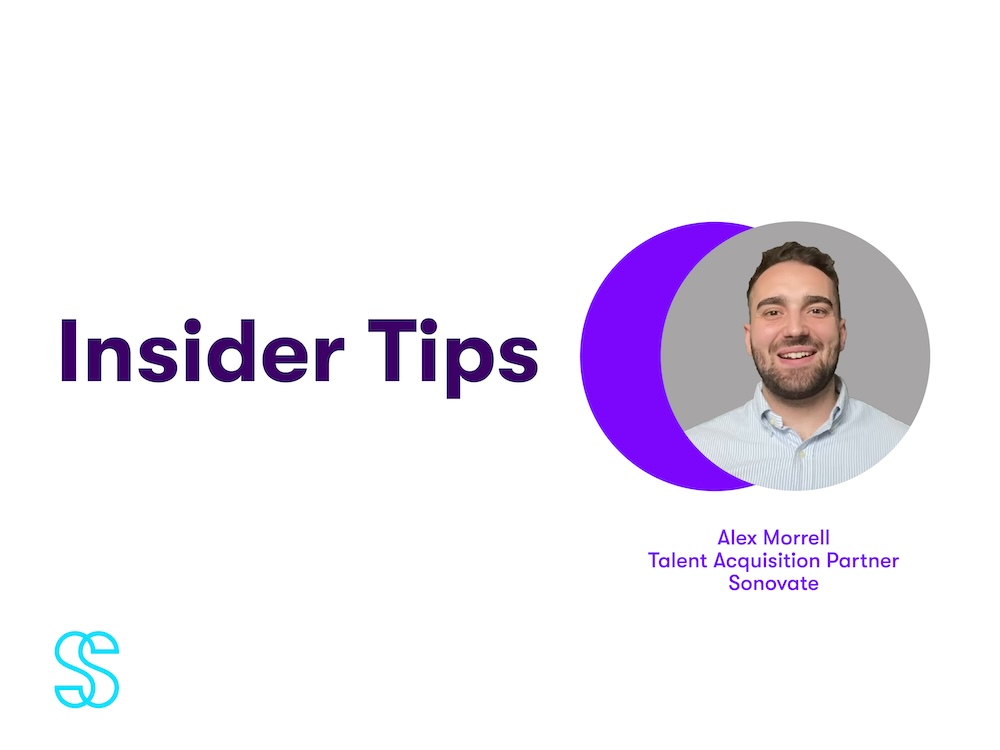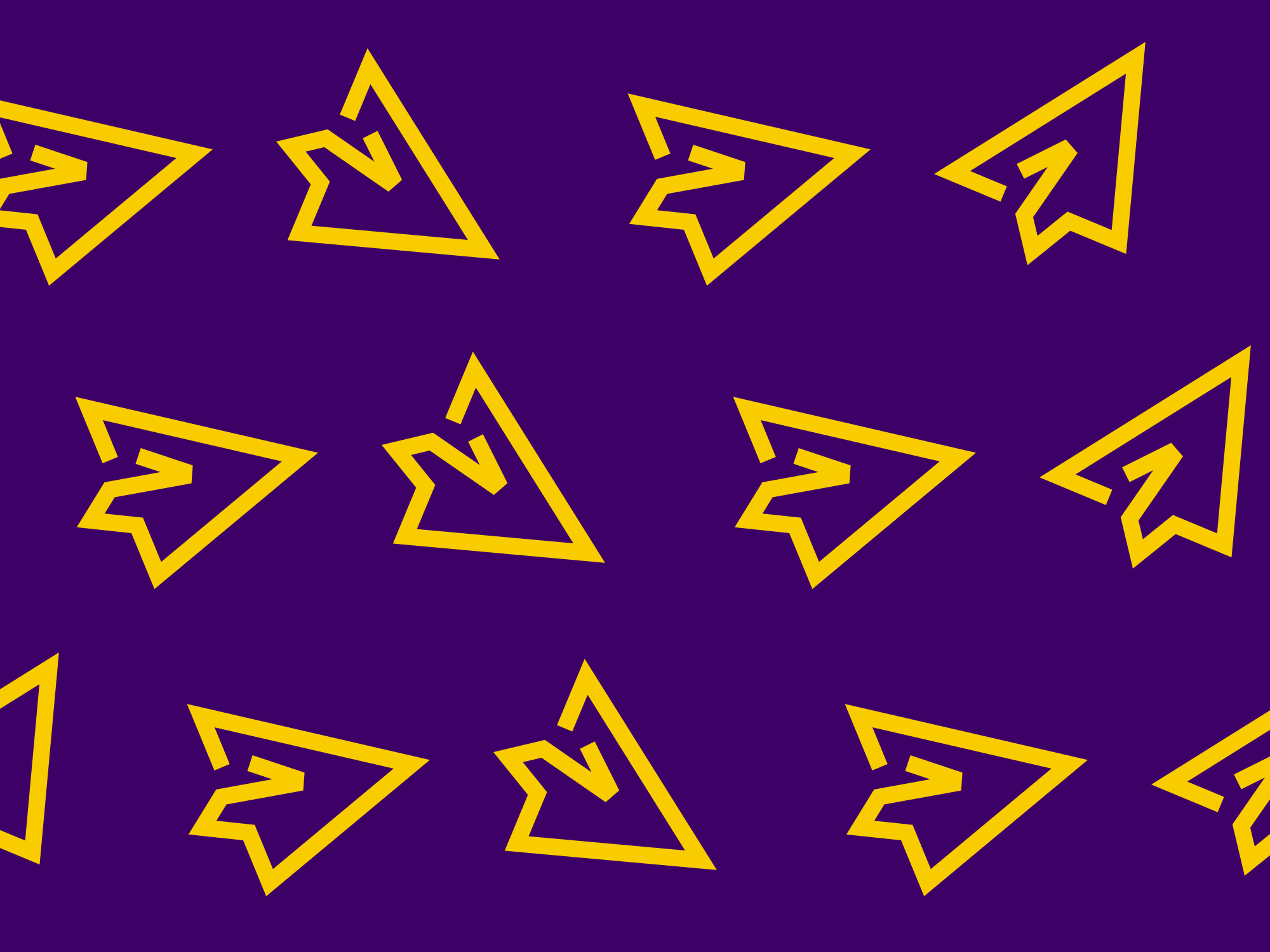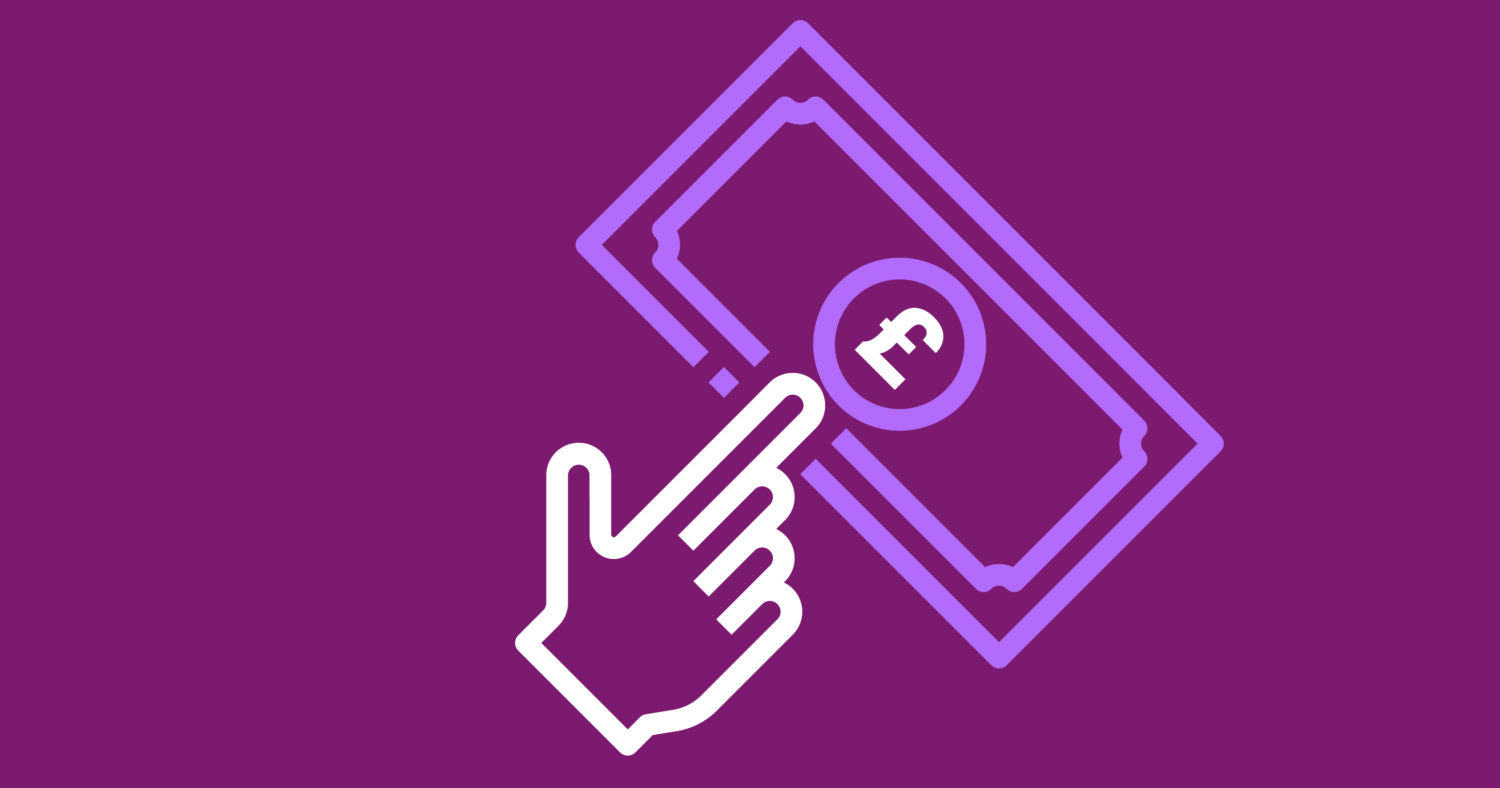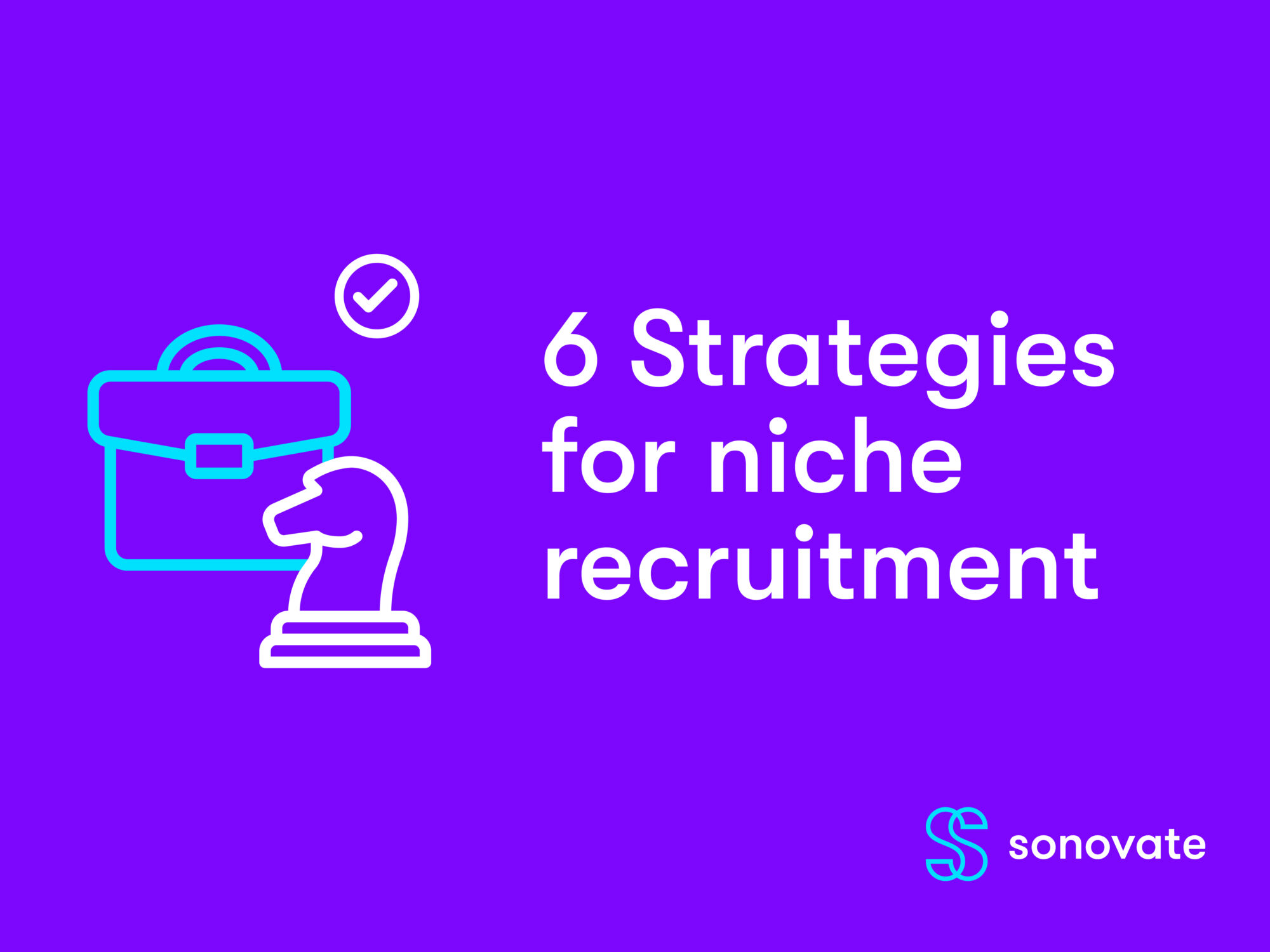Recruitment Funnel: Steps, Actions & Key Metrics
Updated: July 2023
From prospect to hire: The recruitment funnel is one of the most renowned marketing and management techniques in the talent acquisition process. In short, a recruitment funnel is a pipeline that defines the several stages job applicants must undertake to be selected for a professional position. From start to finish, each step of the selection process is imperative for staffing agencies to adopt in their push for effective talent acquisition.
The journey through the recruitment funnel begins with a large candidate pool of qualified individuals and ends with a narrow selection of applicants until the final prospect is hired. Let’s delve deeper into the importance of using a recruitment funnel and its individual stages.
Table of contents:
Introduction What Is a Recruitment Funnel and Why Is It Important? 6 Stages of The Recruitment Funnel How To Optimise Your Recruitment Funnel Key Metrics To Monitor Sonovate's Scalable SolutionWhat Is a Recruitment Funnel and Why Is It Important?
A recruitment funnel is the most essential facet of the hiring process. It acts as a comprehensive framework that efficiently filters a high number of job applicants to determine the most suitable candidates for specific open roles. Hiring funnels provide a systematic, scalable and practical solution, not only for hiring talent acquisition, but for attracting candidates to open vacancies.
When carefully examining each stage of your recruitment funnel, you should aim to identify the specific areas that require more attention to successfully entice skilled candidates. Once applicants engage with an open vacancy, they enter the hiring process, where you guide them through the funnel and ultimately improve the chances of them accepting the job offer.
6 Stages of The Recruitment Funnel
A hiring funnel aims to establish an organised and efficient system for recruiting top-notch talent in a scalable manner. Recruitment process steps tend to vary across agencies; however, many follow a similar pattern, which includes fostering brand awareness, increasing candidate attraction, managing qualified applications, and most importantly, converting candidates into employees.
An effective recruitment funnel consists of various stages, each with distinct objectives and outcomes. Here are the key six stages to consider when constructing your hiring framework.
-
Brand Awareness
This part of the recruitment process is primarily centred around the candidate’s awareness and recognition of your client. Recruitment agencies should aim to position their client as an appealing organisation that applicants aspire to join.
When picturing the shape of a funnel, the top section is the widest. Translated into the recruitment context, you should aim to reach as many people as possible to generate qualified interest for your client’s vacancy. This involves focussing on various online touchpoints such as a company’s career site and social media profiles.
According to Glassdoor Statistics, applicants are very likely to check a company’s social media pages before applying for a role. In their survey, 68% of millennials, 54% of Gen-Xers and 48% of boomers claimed to specifically evaluate an employer’s brand based on its social media properties. That’s why it’s important your clients establish a strong presence across online platforms to attract the most candidates.
Upon initial discovery, candidates may be unfamiliar with your client’s business and its services, which offers the perfect opportunity to establish a positive brand image. This helps prospective applicants view their company as a good place to apply.
To strengthen this section of your recruitment funnel further, consider liaising with your client about their marketing strategy to boost their reputation as an employer of choice. This can help build robust campaigns that promote a healthy company culture to entice candidates and generate more qualified leads.
-
Attracting Candidates
The attraction phase is similar to the awareness strategy, but it places a greater emphasis on talent sourcing. During this step of the recruitment process, you should set out to create targeted campaigns that reach the utmost qualified candidates and boost your chances of being seen by ideal workers.
It’s important for candidates to feel motivated during the recruitment process to inspire them to accept the role if they’re successful. Make sure to craft a compelling job description that captures the applicant’s attention by using enticing text and relevant keywords. You can tempt them further by offering details of your client’s comprehensive benefits package and demonstrating their workplace culture for value alignment.
Another critical part of this stage is determining the most efficient channels through which to advertise these roles. This ensures you receive the highest possible number of both active and passive applicants. Ask yourself whether the target persona is searching for a job opening on social media platforms, like LinkedIn and Instagram, or through more traditional channels, such as career fairs or job boards.
-
The Application Stage
It’s easy to think thorough application forms contribute to filtering out less dedicated candidates. However, if application questionnaires become long and tedious, they will likely form negative impressions of your agency.
Job seekers will likely avoid reading extensive paragraphs about every responsibility associated with the role. Detailed requirements have the potential to overwhelm and dissuade them from following through with an application.
Instead, a great way to encourage prospective candidates with your job description is to offer a summarised list of their key responsibilities, outline their anticipated salary and cover the facilities they’ll be entitled to if they’re successful in their applications.
-
Screening Candidates
Applicant screenings mark the beginning of the narrowing process, in which interested prospects undergo an assessment to evaluate their professional relevance to the role. The goal of the screening phase is to gather a diverse selection of qualified applicants for the position.
To support this process, you can use video interviews to communicate with candidates beforehand and gain a better understanding of their interpersonal skills. You could ask applicants to undergo various tests to see if they would be a right fit for the company. Automated software can assist with funnelling out underqualified CVs or reduce discriminatory bias by anonymising applications to help you find the perfect fit for the role.
This is arguably one of the most vital recruitment steps. Recruiters should facilitate the application process to reduce drop-outs and ensure the most skilled candidates remain engaged. As an example of this approach, you can focus on creating a seamless recruitment process by fostering consistent communication. Keeping job seekers engaged can be as easy as sending follow-up emails, thanking them for their submission and informing them of the next steps in the recruitment process.
-
The Interview Stage
The top qualifying prospects who pass the candidate screening then go through to the interview stage. In recent years, the interview landscape has drastically shifted, from traditional face-to-face methods to modern online video interviews.
This phase is where you’re most likely to encounter some interference as many employers conduct second, third or even fourth interviews to narrow down their applicants to potential hires. If your client holds multiple interviews, make sure you’re aware of the risks associated with a prolonged interview process. It’s likely that applicants will be searching elsewhere on the job market, and if another company hires a top candidate first, then you’ll have missed the opportunity to onboard them as your new employee.
To mitigate this issue, try discussing alternatives with your client to limit their interview process to a maximum of three interviews per person. This gives you two interviews to be certain of your choice and a third just in case there are any unique complications that call for another interview to be held.
-
The Conversion Phase
After all your efforts, you’ll need to ensure your permanent or contract recruitment funnel ends successfully, with compelling job offers. Any highly qualified individual is likely to be applying to numerous roles and receiving multiple offers at any given time.
When it comes to converting the right candidate into a hire, you should be open to negotiation and focus on tailoring the job offer to the individual. Your willingness to be flexible will positively reflect on your company, though you should also make sure you establish your limits in your approach. You may not be able to offer them more money, but perhaps you could entice them with adjustable work hours, yearly bonuses or hybrid working flexibility.
How To Optimise Your Recruitment Funnel
Allocating time to optimise your hiring funnel helps recruitment specialists evaluate the effectiveness of an organisation’s application process and identify areas for improvement. Here are some of the easy and effective ways to get the most out of your recruitment framework:
-
Tailor To Your Client’s Business
To establish a recruitment funnel that is tailored to your client’s business, it is crucial to begin by clearly defining and describing each step involved. It’s important to understand the significance of each stage, what it entails and what outcomes to expect.
-
Simplify the Process
Effective hiring doesn’t need to be complicated. When introducing this framework to management, ensure that it’s user-friendly and straightforward. To achieve success with every stage, it’s essential to obtain buy-in from all stakeholders as transparency and input from each team will help the funnel function optimally.
-
Consider Automation
From CV screening to assessments, automation can be incredibly beneficial in supporting your recruitment approach. Standardising processes and treatment of candidates is crucial for promoting consistency, eliminating errors and reducing bias.
-
Streamline Operations
The goal of the recruitment funnel is to simplify the candidate’s experience by minimising the time and effort required for an application. To achieve this, it’s crucial to identify areas where procedures can be streamlined, such as including fewer interviews, task-based challenges and background checks.
-
Enhance the Candidate’s Experience
Lastly, prioritise the candidate’s experience by treating them as though they’re valued customers. Assess what they gain from interacting with your organisation and evaluate how to improve that experience to provide added value. By doing so, you’ll attract top talent and foster positive relationships with your professional associates, regardless of how temporary or permanent they are.
Key Metrics To Monitor
Analysing quantifiable data for your recruitment funnel will allow you to further improve the filtration process. Make sure to evaluate these metrics and readjust your strategy to ensure it’s as efficient as possible.
Time to Hire
Hiring is often a lengthy process, so the faster you can find a suitable candidate, the better. Time to hire measures how long it takes to find, recruit and hire a new candidate. You can reduce this metric by using pre-employment assessment software or by investing in an effective application tracking system.
Cost to Hire
Cost to hire and time to hire go hand in hand. Time is money, so the longer you take to find a candidate, the more costs you’ll incur. This metric evaluates the costs involved in finding, recruiting and hiring an applicant. It encompasses recruiter fees, advertisement budgets and even employee referral bonuses.
Source of Hire
The source of hire establishes which platforms and communication channels are generating the most applicants. You can track where the majority of your CVs are coming from and make changes across job advertising platforms. In the long run, monitoring your source of hire can reduce the cost of acquiring a candidate.
Quality of Hire
This metric identifies which platforms draw in the best-qualified applicants for a given role. Not only does a strong quality of hire improve retention rates, but it also leads to a higher calibre of staff. To improve your company’s quality of hire you should always provide an accurate description of the job during the attraction phase and make objective hiring decisions at the screening phase.
Recruitment Conversion Rate
This rate helps recruiters determine the success of various areas throughout the hiring process. You can measure key conversions such as the percentage of interviews extended after screening CVs and adjust your hiring strategy as needed. In this instance, the higher the conversion rate, the better the permanent or contract recruitment funnel is performing.
Every agency will have its own way of structuring the recruitment funnel. The secret lies in tweaking these important recruitment funnel benchmarks to create an optimum hiring process that sources the best candidates in the most efficient way.
Sonovate’s Scalable Solution
Sonovate offers a global fintech platform that can help you save time and resources, and let you focus on growing your business. Choose from a funding and back office platform for an all-in-one solution, or just invoice finance to help you out with your unpaid invoices.
Get in touch with Sonovate to understand how we can optimise your business’s cash flow and help it scale globally.
Get started





